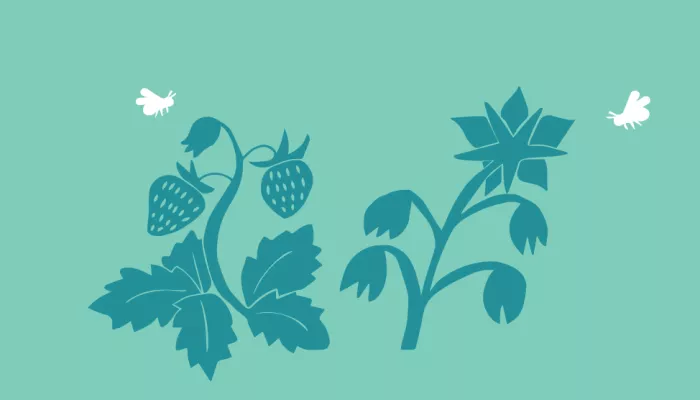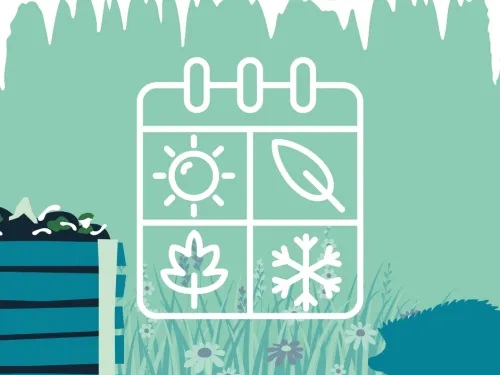
Sustainable food growing
On this page you'll find useful tips on how to grow food in ways that help your community and the biodiversity around it

Grow plants that help each other! Maximise your garden for you and for wildlife using this planting technique.
Companion planting is all about creating areas of plants that provide benefits to each other. In practice, this means that plants that complement each other are placed together, and those that don’t, are kept apart. By planting 'companion' plants among other plants it can help them to grow by either attracting beneficial insects, and repelling others, or by acting as a sacrificial plant to lure hungry minibeasts away.
| Companion plant | Place | Result |
|---|---|---|
| Borage | Near strawberries and tomatoes | Attracts bees to cross-pollinate. |
| Chamomile | Near sick plants | May act as a tonic to encourage growth. |
| Comfrey | In flower beds and vegetable plots | Deep taproots bring vital minerals to the surface. |
| Dill and fennel | In vegetable plots | Attract hoverflies that will eat aphids. |
| Garlic and chives | Under roses | Believed to keep aphids and black spot away. |
| Nasturtiums | Among vegetables | Attract aphids away from the vegetables and also may repel ants and whitefly. |


On this page you'll find useful tips on how to grow food in ways that help your community and the biodiversity around it

In this page you'll find an array of information to how to best help wildlife over the changing seasons each year

On this page you'll find exciting information on getting involved with citizen science project in your own home and community

On this page you'll find useful information on how to take environmental action from home and in your community

On this page you'll find useful information on how to reach out to others about nature & the environment

On this page you'll find excellent tips on how to shop sustainably and be mindful of what you're eating